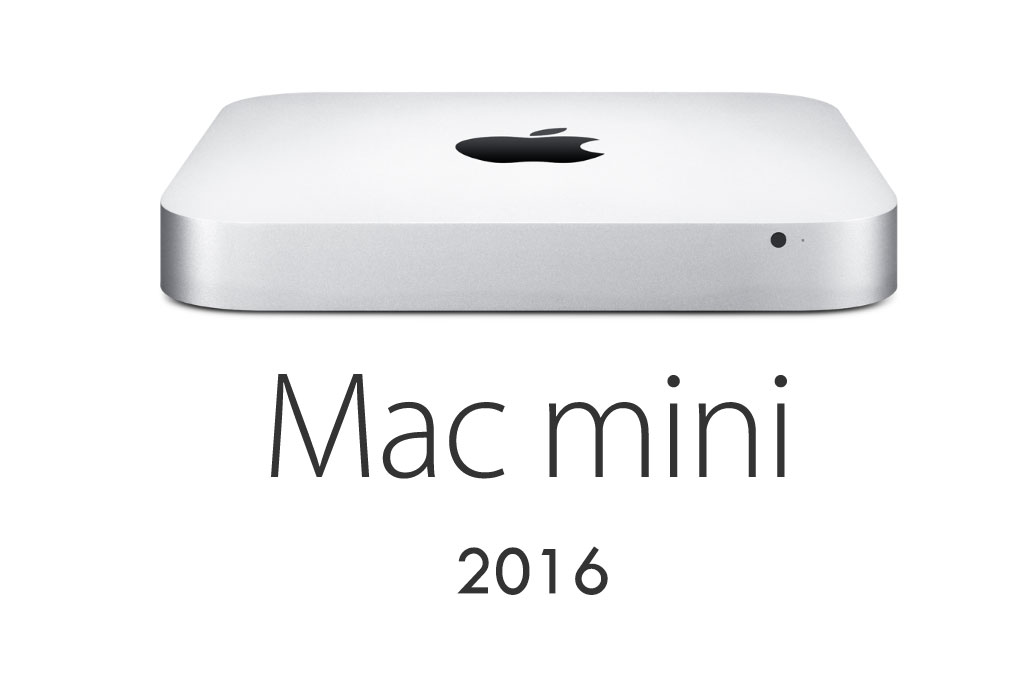
Rumors of an Apple Mac Mini refresh have been making the rounds for the past year. Whether it will happen or not, the Mac Mini is a product that still hold relevance in the Apple Mac lineup. From form factor to price, the Mac Mini is about the best option for a desktop computer, when you’re on a budget, even without a display or any input device.
Starting at $499 retail, the Mac Mini comes in three variants. It’s entry level configuration is powered by a 1.4GHz Intel Core 15, and packs a 500GB hard drive, 4GB of LPDDR3 RAM, and Intel HD Graphics 5000. The mid-range option is priced $699, and features a 2.6GHz i5, 1TB HD, and 8GB of RAM, with an Intel Graphic Iris GPU, while the most expensive variant, priced at $999, is powered by a 2.8GHz i5, 1TB Fusion Drive, 8GB of RAM, once again featuring Intel Iris as its default graphic card.
Like most compact products of this kind, the Mac Mini can’t be upgraded after purchase (not without voiding the warranty), but it does come with configurable options prior to purchasing it.
This trend isn’t likely to change for a 2016, or even a 2017 Mac Mini, but the boost in specs is expected to be substantial, especially in regard to rumors that Kaby Lake will be leapfrogging Skylake entirely in all future Macs, until Intel’s official release of Cannon Lake.
The integration of Kaby Lake in a next generation Mac Mini will considerably improve heating issues, all too common with older Mac Minis. Also , storage options will most likely eliminate the 500GB HD, and replace it with an SSD, optimistically within the 128GB range, for starters.
By this token, the Mac Mini will probably be thinner than the current model, and with a wider range of ports, possibly including a standard “MacBook Retina” style USB Type-C support, and Thunderbolt 3 ports. Unlike Skylake, Kaby Lake comes with native 4K support, which is great news for Mac Mini users who wish to connect external 4K displays.
With regards to other ports, chances are that the Ethernet port will still be available, as well as the SD card slot. It’s unclear whether the same will hold true for the 3.5mm audio jack, which might depend on whether Apple chooses to integrate multiple Thunderbolt 3 ports, and how soon widespread support of Thunderbolt audio accessories will reach consumers.
Depending on how soon Apple will, if ever, release a new version of the Mac Mini, it’s also possible that the new compact desktop computer will run macOS Sierra. This could mean improved audio.
The Mac Mini isn’t the only product in need of a sizable update. The Thunderbolt display, now officially discontinued, also has a chance at a comeback, should Apple decide to focus on other desktop products besides the iMac Retina.